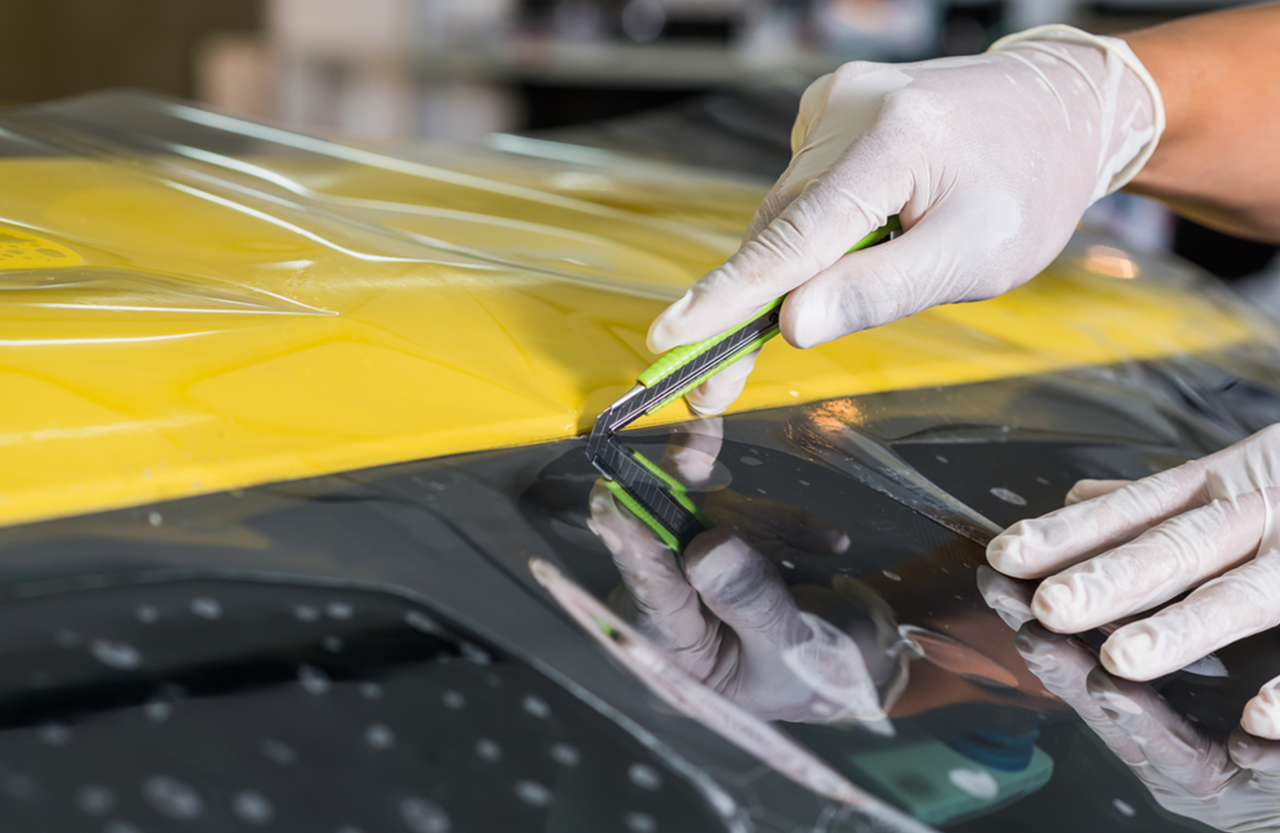
Choosing the right material for windshields in vehicles, aircraft, or protective gear often involves a comparison between acrylic and polycarbonate, especially in terms of scratch resistance between them. Both materials boast excellent transparency and optical clarity, yet polycarbonate emerges as the clear winner for its superior scratch resistance. This quality is crucial as it directly affects visibility, safety, and the longevity of the windshield. In our detailed analysis, we’ll examine the unique properties of polycarbonate that grant it an edge over acrylic in resisting scratches. Additionally, we’ll consider how this advantage contributes to enhanced durability, performance, and safety across a variety of uses.
Scratch resistance is the ability of a material to withstand surface damage, particularly abrasions and scratches. This property is crucial for windshields as it directly impacts visibility and safety. A windshield with poor scratch resistance can quickly become hazy or opaque, obstructing the driver’s view and increasing the risk of accidents.
Acrylic is known for its clarity and aesthetic appeal. It’s often used in applications where transparency is essential. However, its scratch resistance is relatively low compared to polycarbonate. Acrylic surfaces can easily get scratched, which can be a significant drawback for windshields exposed to road debris and environmental elements.
Polycarbonate, on the other hand, is renowned for its high-impact resistance and durability. Its scratch resistance is superior to that of acrylic, making it a more suitable choice for windshields. Polycarbonate can withstand rough conditions without succumbing to scratches and abrasions, ensuring clear visibility and prolonged service life.
Enhanced Safety: Polycarbonate’s excellent scratch resistance contributes to maintaining clear visibility, which is crucial for safe driving. It reduces the likelihood of vision impairment caused by scratches, ensuring a safer driving experience.
The choice between acrylic and polycarbonate for windshields is a critical decision that hinges on the importance of scratch resistance, among other factors. Polycarbonate’s superior scratch resistance not only ensures sustained visibility and safety but also contributes to the overall durability and longevity of the windshield. This resilience against scratches and abrasions translates into a more reliable and cost-effective solution in the long run, reducing the need for frequent replacements or repairs. By choosing polycarbonate windshields, drivers can enjoy a clearer view of the road ahead, enhanced protection, and peace of mind, knowing that their windshield is equipped to handle the challenges of everyday driving and environmental conditions.